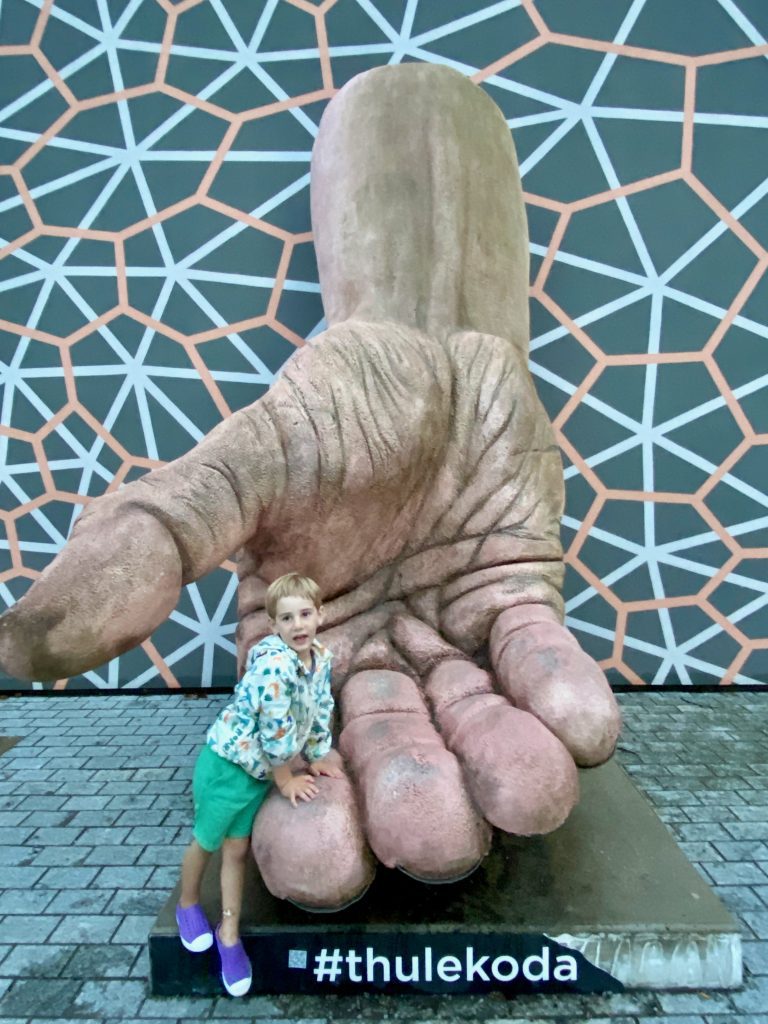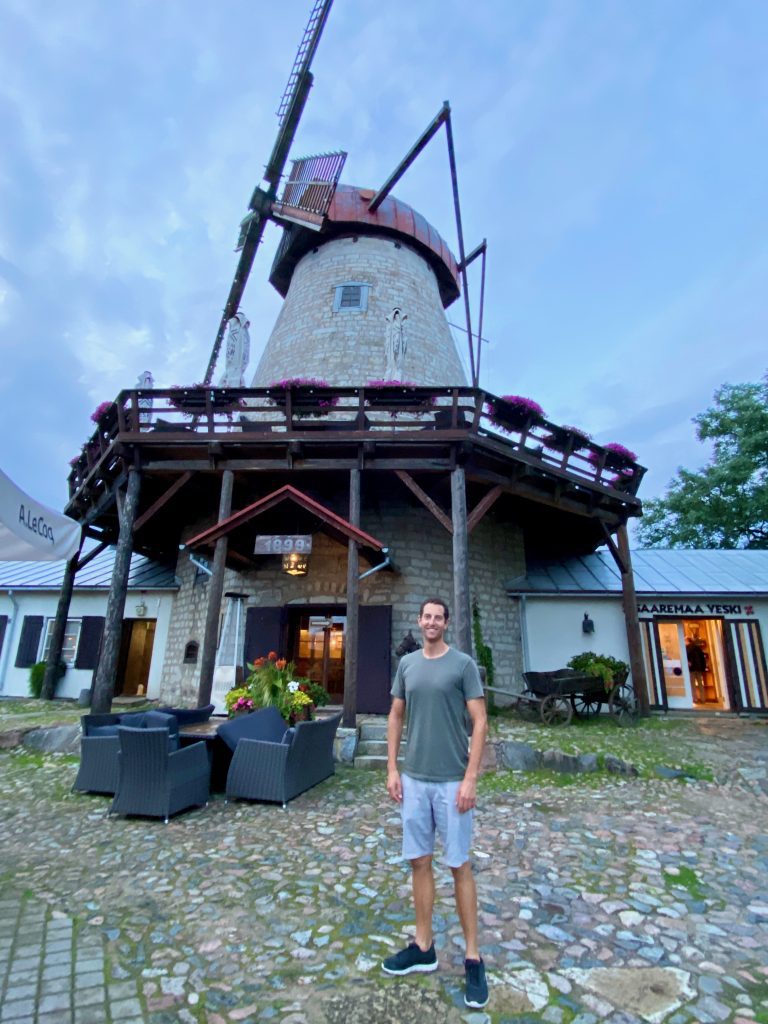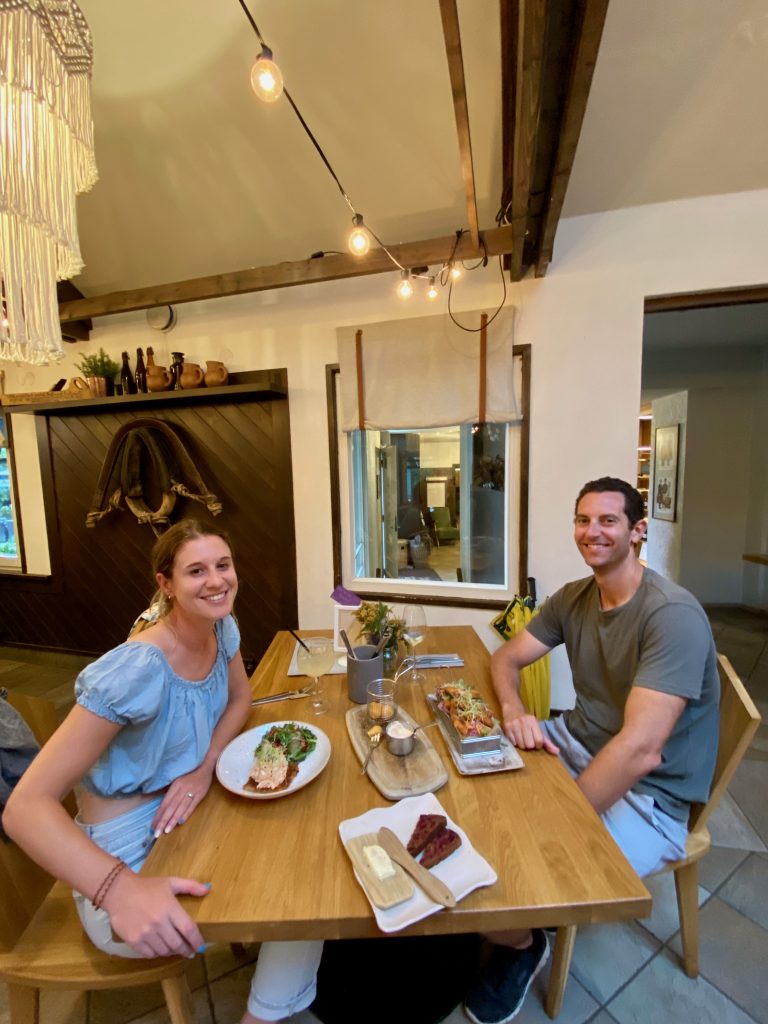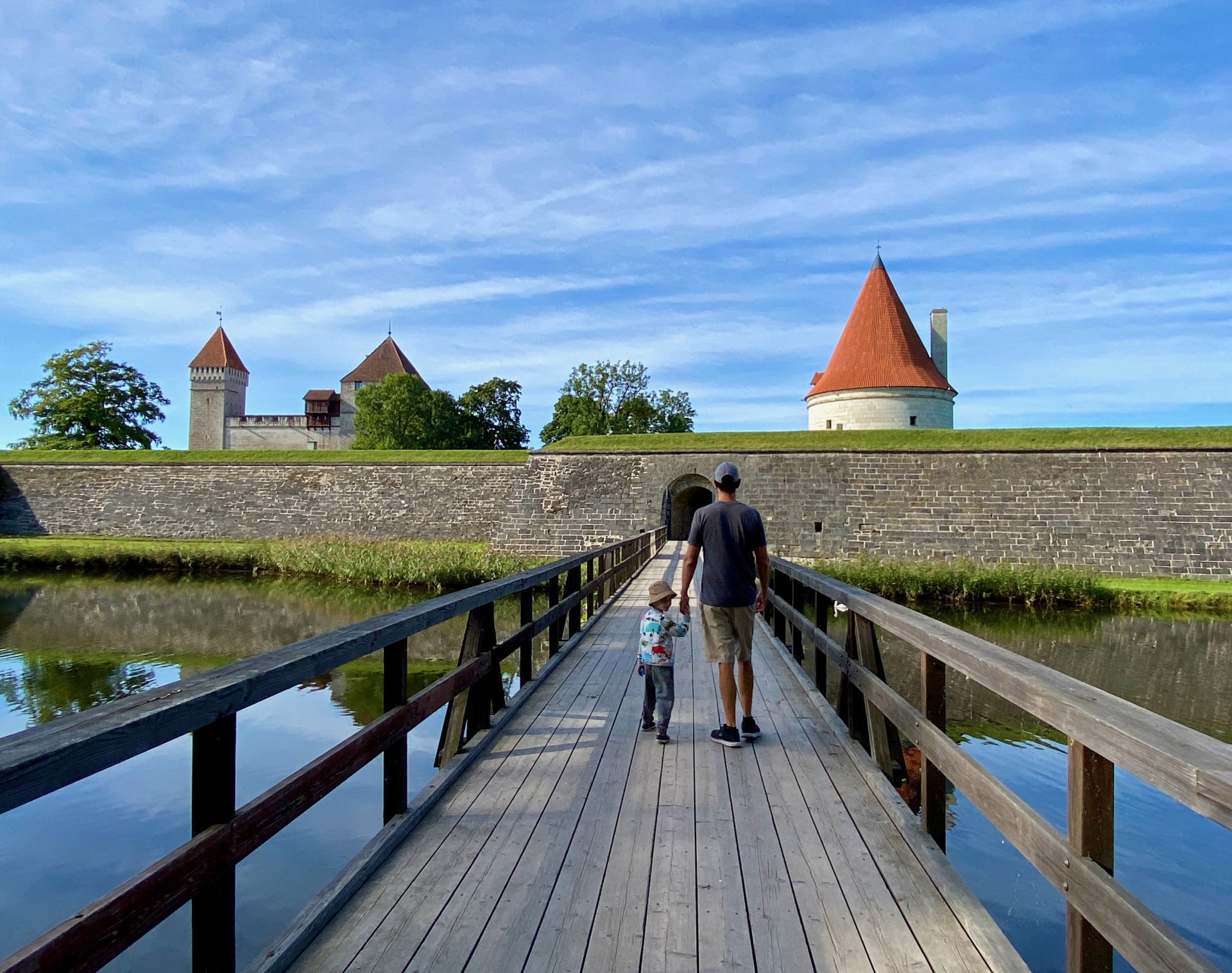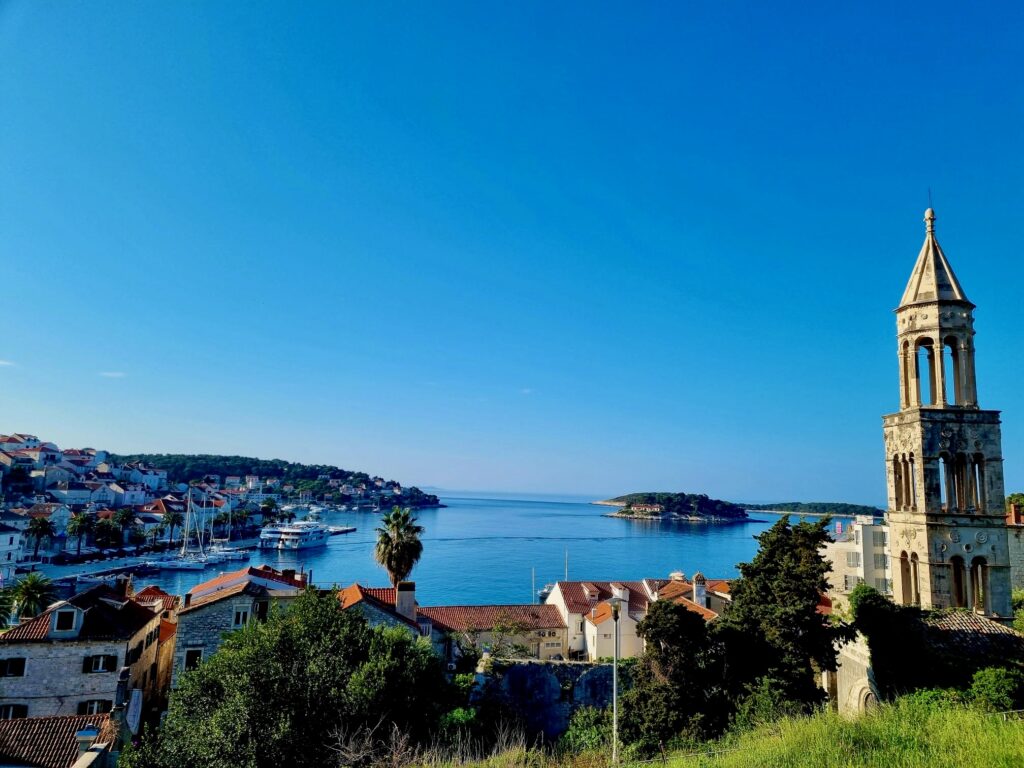We began our time in Estonia with visits to Haapsalu, a small city on the northwestern coast, and to the island of Saaremaa. Other family travelers recommended both resort towns in addition to the capital city of Tallinn. On the drive to Estonia from Latvia, where the main “highway” is a two-lane road, we noticed very few homes and towns along the way: the entire country’s population is 1.3 million, and between farmland and a national park reserve along the middle of the western coast, it feels very rustic and remote.
Haapsalu has a pleasant, low-key atmosphere even as a “resort town,” the first of its kind in Estonia developed in the 19th century. It was delightfully uncrowded, with good weather in mid-August. This is a nice place to slow down and relax. The old town’s main attraction is the 13th-century Haapsalu Castle, which is open to the public, surrounded by parks, and even has a playground within the castle walls. Beyond the castle, another enjoyable activity is walking along the scenic promenade lining the coast as well as through the main old town on Karja Street; the Müüriääre pagar (bakery) and sister cafe @muuriaarepagar @muuriaarekohvik are definitely worth a stop for fresh baked goods, coffee, or a casual brunch/lunch. We were also pleased to find Kohvik Cafe Micio which had an outdoor play space perfect for Jacob while we had pizza, salad, and drinks.



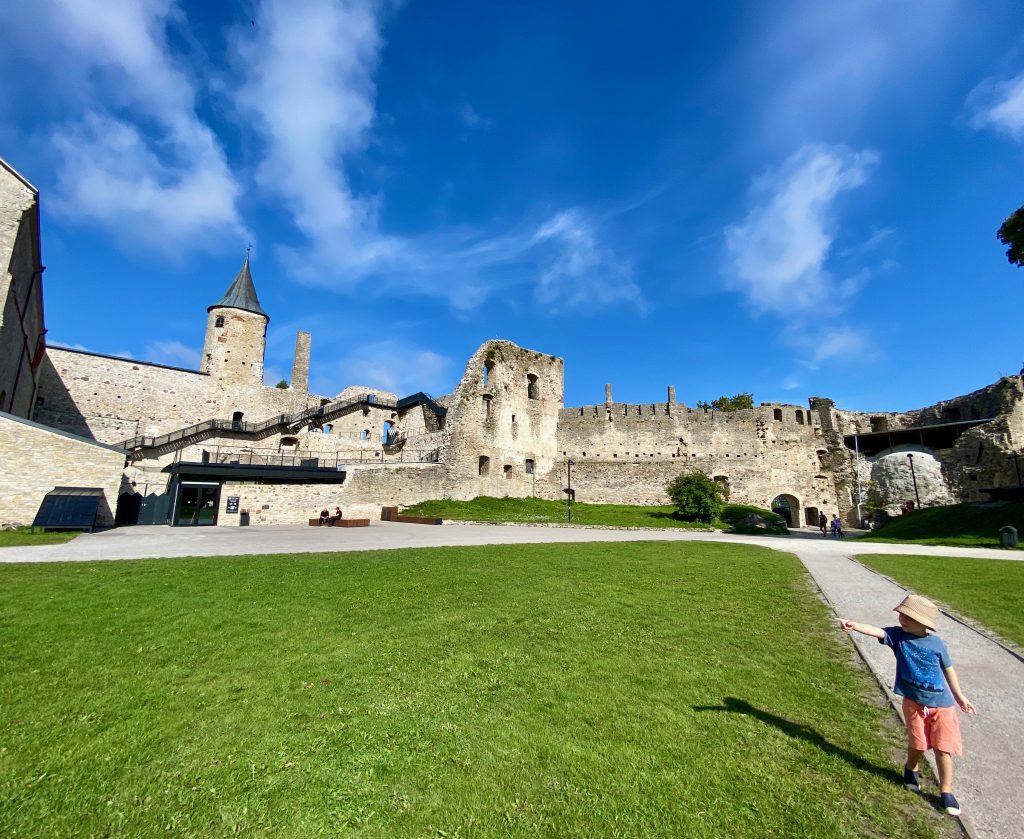
Haapsalu is very family-friendly with numerous playgrounds around town and Ilon’s Wonderland, a museum and play center for children which showcases the work of a popular illustrator of children’s books. Unfortunately we hadn’t heard of Ilon Wikland, but no matter: Jacob enjoyed playing for several hours on the center’s third floor which had (of course) an extensive train set and many other toys. While there I had the opportunity to converse with some locals, including a Finnish-Estonian grandmother who passed on helpful recommendations such as the Little Peter train ride around town and the public library with an outdoor children’s play space and interactive elements.
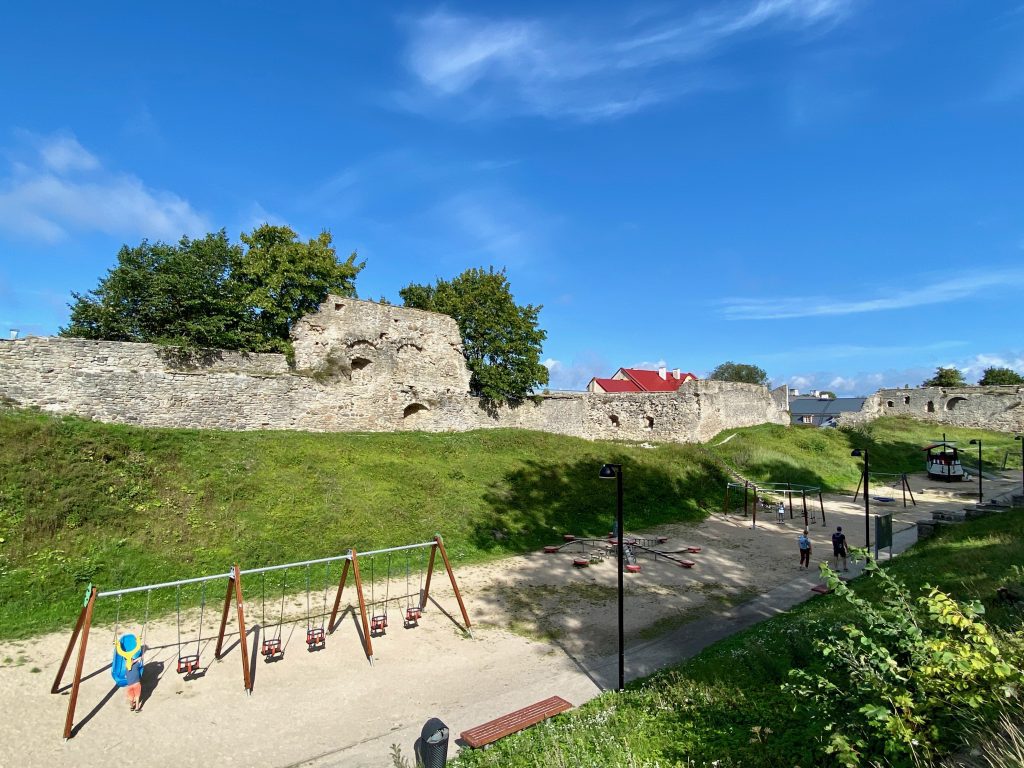

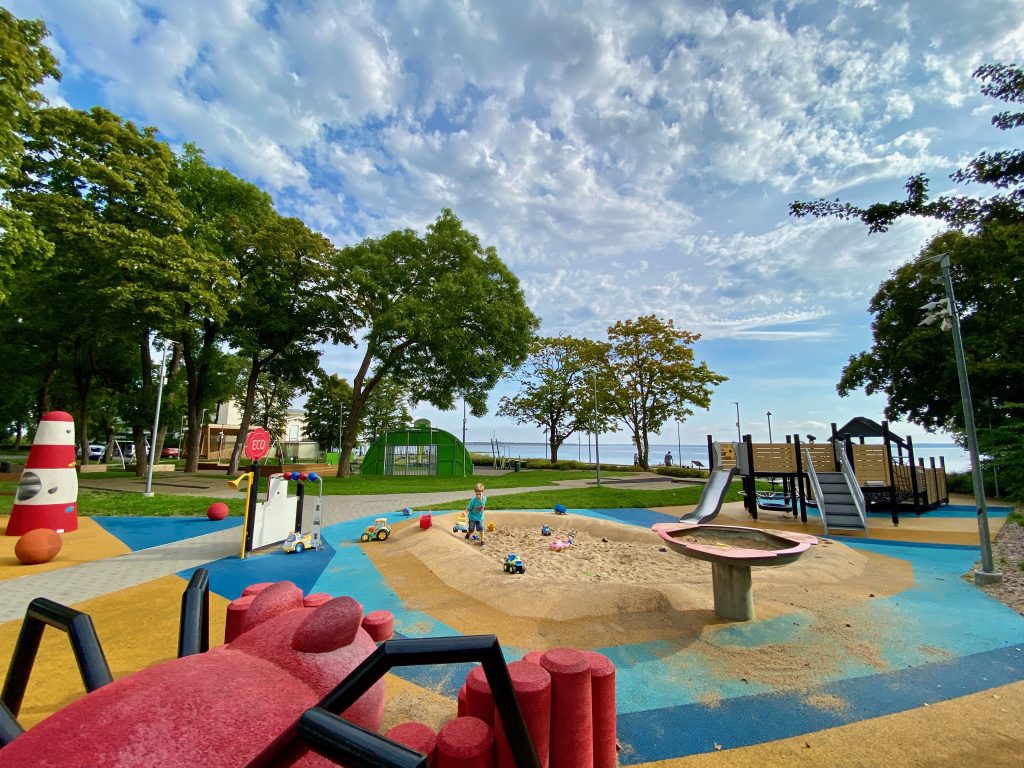
Not pictured, but worth sharing, were some interesting “spa” experiences in Haapsalu. Haapsalu is known for hotel resorts with extensive spa and sauna experiences; in fact, nearly all of them offer attractive package rates. We didn’t do enough research into this option beforehand, so we ended up at a very mediocre Airbnb (our default accommodation preference in order to have two bedrooms and a kitchen for preparing some of our meals, especially with extended travel where we tire of eating at restaurants all the time). In hindsight, we should have opted for the family-friendly spa hotel, as they would have provided even more on-site activities, easier beach access, inclusive meals, and spa services, akin to a kinderhotel in other parts of Europe.
Instead, Dave and I traded off afternoons visiting the Fra Mare Thalasso Spa, where we both tried the traditional mud bath experience. This consisted of laying naked on a hospital bed-type table with plastic wrap, being soaked in a stinky brown-green mud, and then being wrapped in the plastic and many layers of warm blankets and sitting in silence staring at the ceiling for 20 minutes. It was a very clinical setting; it felt like it was probably a former sanatorium. It wasn’t quite the relaxing experience either of us were hoping for, though perhaps we missed some things in translation because the staff attending to us did not speak any English. I did get to spend a few hours relaxing after the stinky mud bath at the adjacent day spa, with 7-8 different kinds of saunas and pools of different temperatures. The sauna ritual is a big thing in Estonia, and even babies and young children spend time in the day spa’s pools. It’s definitely a family affair, which makes sense particularly as an indoor activity on the cold winter days common through most of the rest of the year in this part of the world.
About an hour’s drive south, we took the ferry from Virtsu to the island of Saaremaa. Estonia has over 2,000 islands but Saaremaa is the largest, and part of a group of four islands that attract most of the tourism for their reputation as resort towns. We were very impressed with the car ferry’s efficient operations and on-board amenities for a 25-minute ride, including this play area.
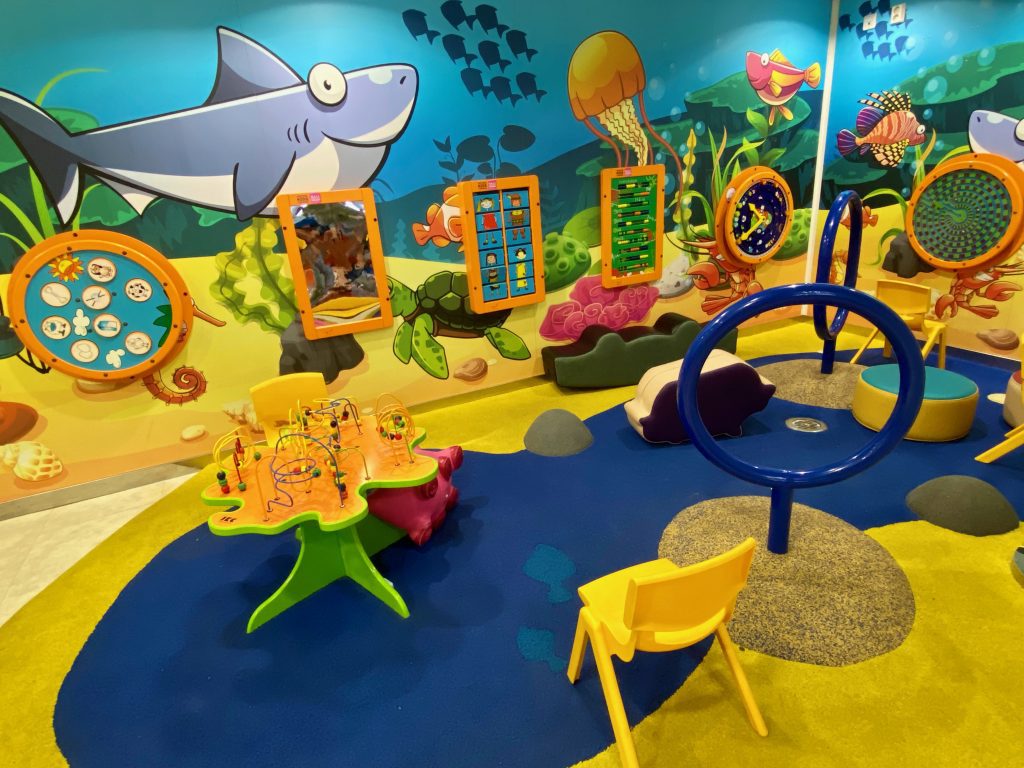
Once on the island, we drove about an hour to stay in the main town of Kuressaare, the westernmost town in Estonia and with a population of less than 15,000. Kuressaare is an excellent home base on Saaremaa because it’s quite charming and picturesque, has enough amenities (lodging, grocery stores, restaurants, shopping, etc.), and provides access to explore farther-flung regions of the island if desired. The highlight is the Kuressaare Episcopal Castle, a well-preserved medieval castle (with a real moat! and bridges!), surrounded by a beautiful park complex with bay views. After exploring the castle grounds, we enjoyed decadent cinnamon rolls at Ehtne Supevesa @ehtnesupevesa which also had an adjacent playground and a visiting family of rabbits; they were enjoying a true farm-to-table experience eating the vegetable peels from the kitchen making the day’s soup and salad. Kuressaare’s central town is also very charming to wander around and the people were quite welcoming and friendly.

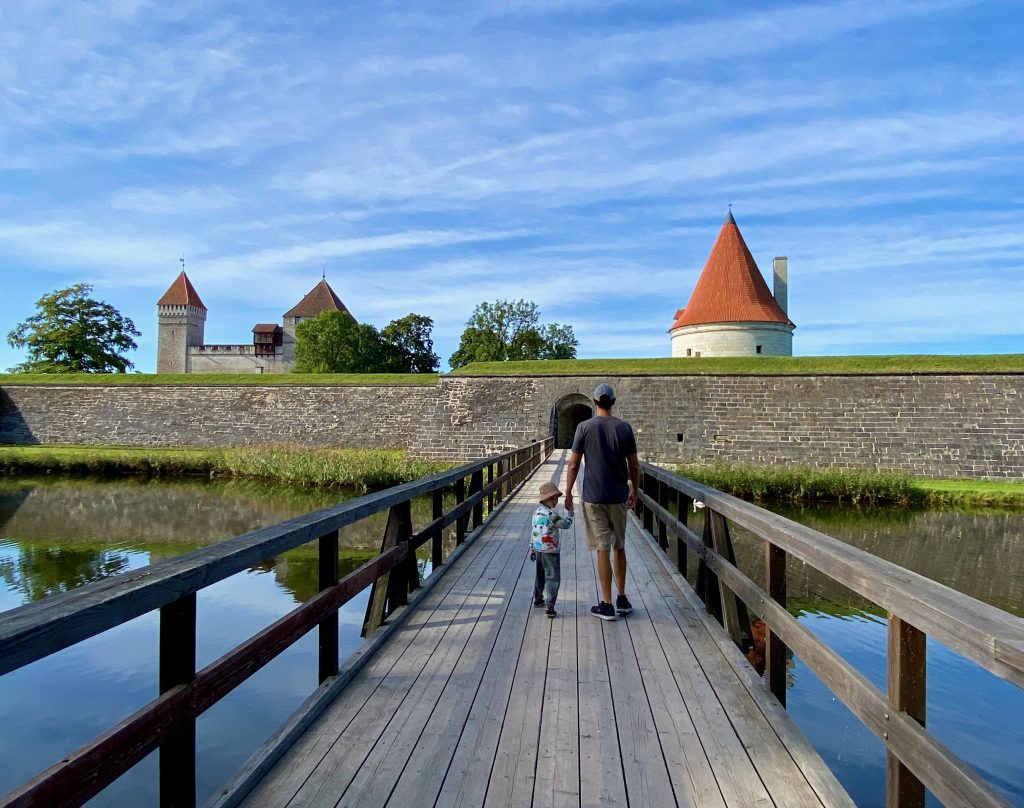
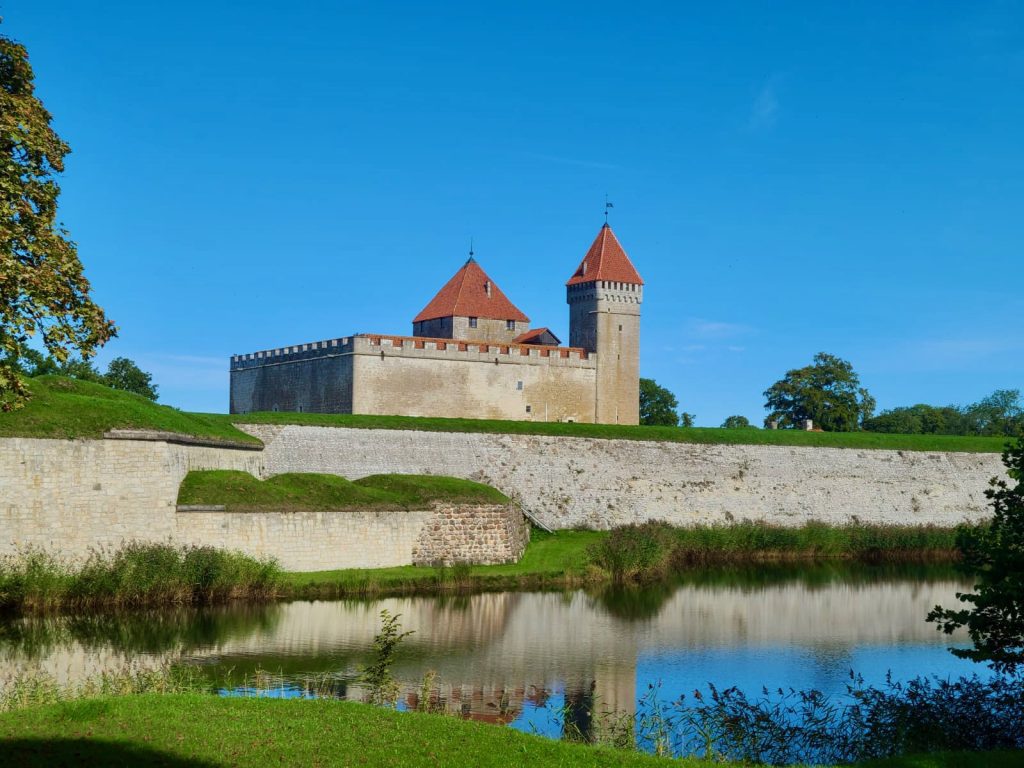
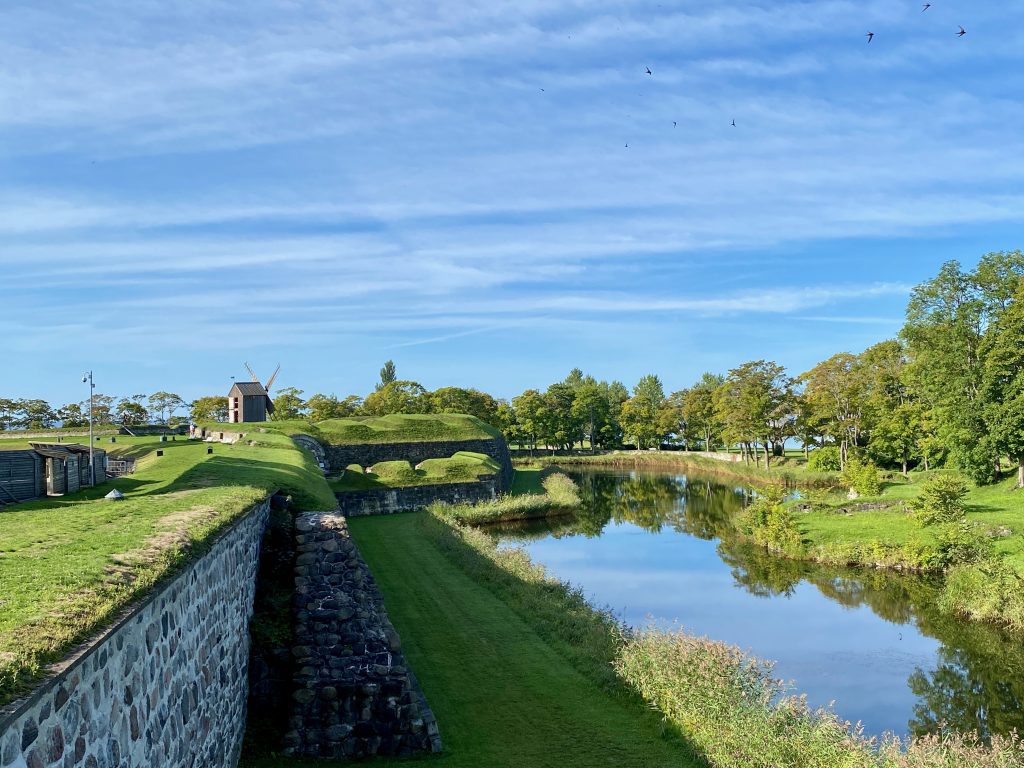
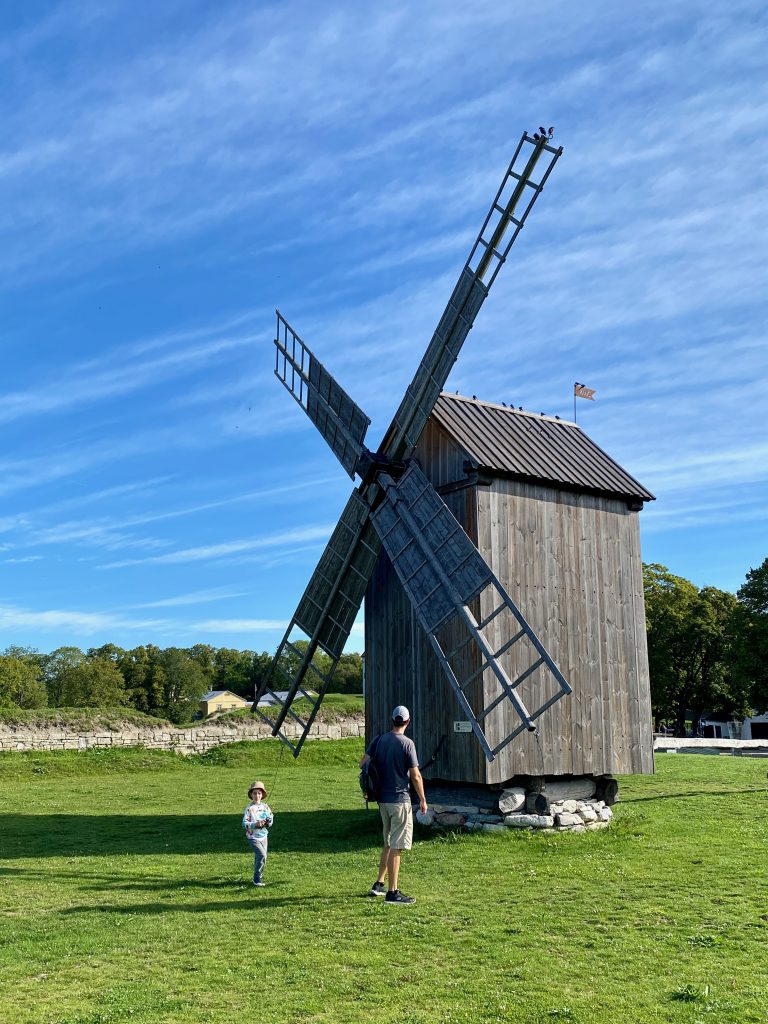

Like Haapsalu, there’s a fair amount to do with kids in and around Kuressaare. Jacob had the opportunity to go for another solo, 20-minute jeep ride thanks to the strategically-parked rentals by the coast. We also rented bikes for a morning to explore a bit more of the coast, which wasn’t particularly scenic (mostly marshlands, nondescript villages, and wind turbines) but being completely flat and with protected bike lanes along the coastal road, it’s still a good activity. The rainy day activity was visiting an “edutainment” center with a science focus called WOW Keskus #wowelamus. I liked the focus on interactive exhibits which educated kids about alternative energy sources (wind, water, light/heat, etc.) in particular.

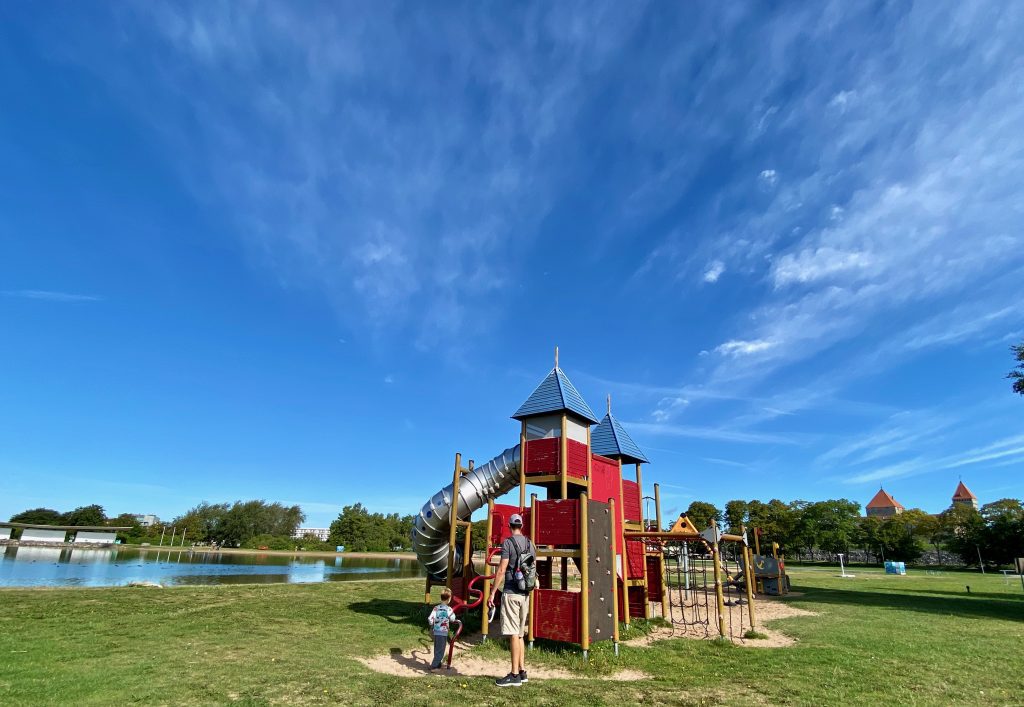


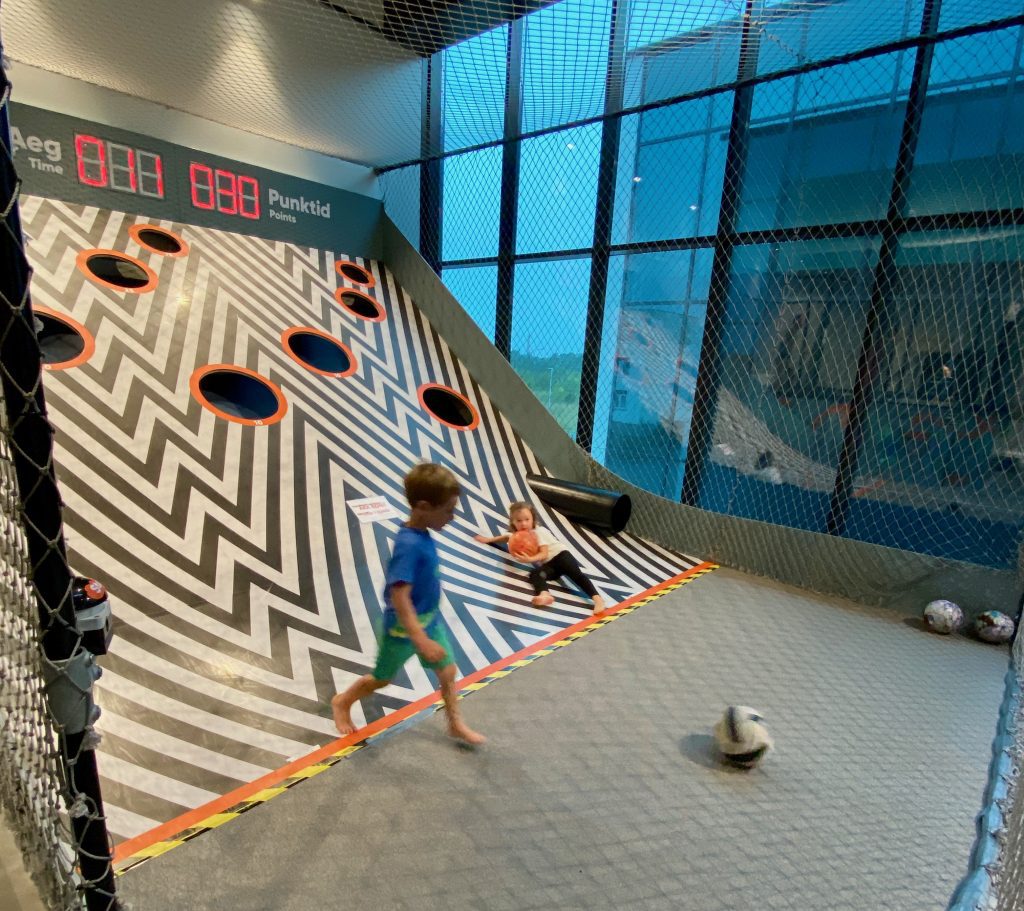

The true highlight, at least for us parents, was treating ourselves to a few hours at the day spa at the Georg Ots Spa Hotel (GOSPA) (on different days since we didn’t have any babysitting). Although we actually really liked our Airbnb in Kuressaare, as in Haapsalu we should have stayed at a spa resort like this as we could have taken advantage of a package rate for rooms, spa services, saunas/pools, onsite restaurants, and especially the large kids’ play area. GOSPA was a very nice resort located just outside of town with ocean views and the spa experience was just wonderful. I enjoyed what was probably the most relaxing and luxurious one-hour pedicure I’ve ever had, plus a 30-minute back/neck massage and 30-minute infrared sauna session, for only 70 euros: you’d be hard-pressed to find a better deal for this quality of spa in the Baltics. I might have also drank way too much tea with the local juniper berry syrup.
Our last evening in Kuressaare, we visited the highly rated and recommended Saaremaa Veski (Windmill Restaurant) @saaremaaveski, a former windmill (in operation until 1972 when it became a restaurant) where some of the tables on the upper levels are actually former millstones. We had excellent food and service, and the well-stocked playhouse outdoors and play area indoors was the icing on top of the dining experience. We’ve really come to appreciate the opportunity to have an enjoyable adult meal while Jacob is occupied with something other than a video on an iPad or on one of our phones. We now consciously seek out restaurants with play areas wherever possible and fortunately we’ve found these settings quite plentiful in Estonia and the other countries we’ve visited on this trip.
